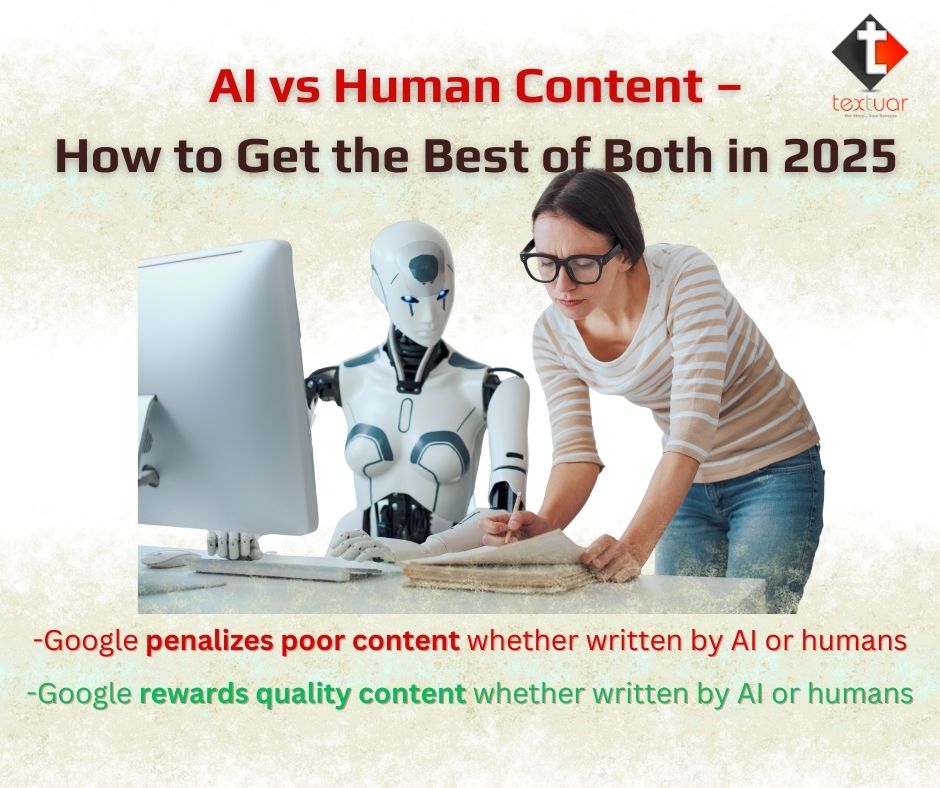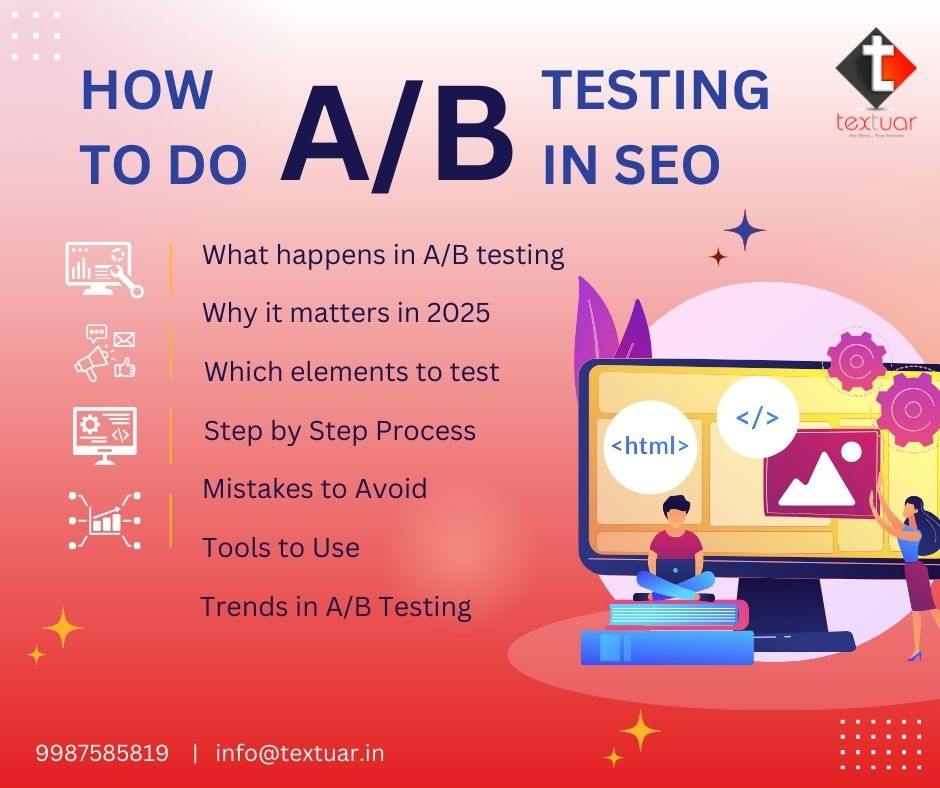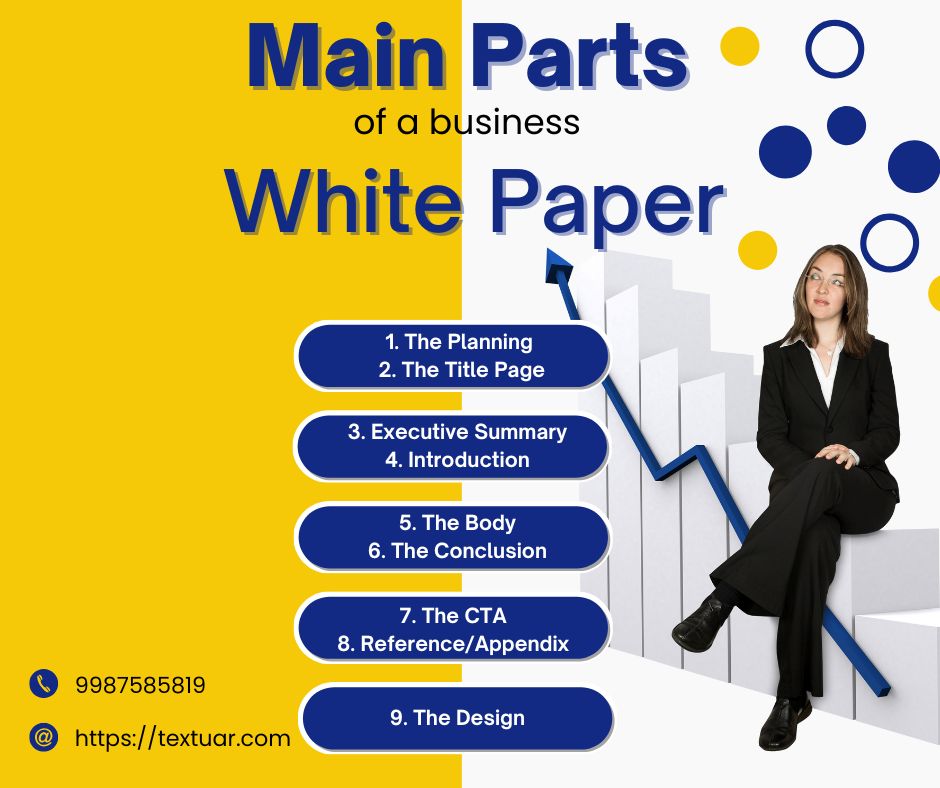Ahrefs reports that 68% of all online interactions start with a search engine. This means that your site and content need to be SEO-optimized to reach your customers online. If you can crack this code, you will be rewarded in various ways:
- Higher search rankings
- Better site traffic
- Improved on-site engagement; and
- Better conversion
But how to achieve these goals?
This post will try to provide an answer.
SEO-optimized content plays in driving organic traffic to your website. It is crucial for content companies to become experts in on-page SEO as they negotiate this terrain.
Search engine ranking algorithms require content that serves two key goals. They need to be well-written. Plus, the content needs to be carefully aligned to the prevalent SEO algorithms.
With the help of this post, we will explore the subtleties of on-page content optimization for SEO. Check out a comprehensive content creation roadmap with this blog. This will help you thrive in the ever-changing world of digital marketing.
What is on page optimization – Understanding the Basics
You may carry out a range of optimization measures on your own website as well as outside it. The actions carried out on your own website to improve SEO ranking is known as on-page optimization. This involves the below optimization techniques:
1 – Keywords- On-page Optimization’s foundation
The keywords serve as the essential building blocks for search engine exposure. Its purposeful use is at the heart of on-page SEO. The terms or phrases that people enter into search engines to find information are known as keywords.
Content writing companies must do in-depth keyword research. Doing so will help them to comprehend the language of their target audience and tailor their content appropriately.
Useful keywords for a content agency that focuses on digital marketing services may include:
- “digital marketing strategies,”
- “SEO optimization,” or
- “content marketing trends.”
Finding the ideal ratio between search volume and competition is crucial. You can source such high-impact keywords using tools like SEMrush and Google Keyword Planner.
2 – Title tags and Meta description- First Impression Element
Writing compelling title tags and meta descriptions is similar to setting up a welcoming business. On search engine result pages (SERPs), title tags function as clickable headlines. At the same time, meta descriptions offer a succinct synopsis of the content.
Let us consider an example where a content writing agency may promote a guide on SEO strategies. They will use the title tag “Learning SEO: A Comprehensive Guide for Content Agencies.”
Next, the meta description will offer a quick synopsis that entices users to read more. “Unlock the secrets of SEO success for content agencies with our in-depth guide.” is one example of meta description for the blog. Or you can mention “Discover tried-and-true methods to increase exposure and audience engagement.”
These SEO tags affect search engine rankings and lead to higher click-through rates.
3 – URL Structure- Descriptive and Simple
URLs are essential to both the user experience and the comprehension of the content by search engine crawlers. Search engine optimization and clarity are both improved by a descriptive, well-structured URL.
Examine a URL such as “www.contentagency.com/digital-marketing-guide” as opposed to a complex one such as “www.contentagency.com/page123.”
The former is easier to use and gives search engines a clear indication of the article’s topic.
Improved click-through rates and, eventually, greater search engine rankings are a result of having a clear and concise URL structure.
Content for SEO – Writing Strategies
1 – Unique & High-Performing Content for SEO- The Non-Negotiable Element
The most important factor in on-page SEO is content quality. Creating original, high-converting content is a digital marketing success enabler. As a writer you need to prioritize content that adds value and responds to user queries.
This way, well-written blogs and articles will stand out from the deluge of digital information. The resulting higher search rankings is a hallmark of SEO optimized content.
An example of this would be a blog article on “Hidden Gems: Unexplored Destinations for Avid Travelers” from a travel-focused content business. The business would provide advice and insights beyond the usual tourist spots.
Content uniqueness goes beyond just having information in it. It also requires presenting it in a way that is appealing to the intended audience.
2 – Headings and Subheadings- A Hierarchy of Information
Your content creation needs to make a roadmap that is understandable to consumers and search engines alike. For this you need scannable text. This can be achieved using subheadings within the content
Let us consider a post, “Effective Time Management for Professionals.”
- “Mastering Time Management: A Guide for Busy Professionals” might be the primary heading (H1), and
- The subheadings (H2) would be “Setting Priorities,” “Utilizing Productivity Tools,” and “Creating Efficient Routines”
Search engines can comprehend the content’s structure structurally due to this hierarchy. The strategy is simple improves readability. The thoughtful use of pertinent keywords in headers strengthens the subject relevance of the content and boosts its search engine rankings.
3 – Multimedia Integration- Engaging Visual Elements
A content writing agency must integrate multimedia components like photographs, videos, and infographics. This will improve its visual appeal.
High-quality photos displaying imaginative projects is one example. A step-by-step video tutorial for one of the highlighted ideas is another idea to enhance a blog article on “DIY Home Decor Ideas.”
Adding visual elements will lower bounce rate and improve time spent on the website (the dwell time). These factors will enhance search rankings significantly.
Technical Optimization
1 – Mobile Responsiveness in Content for SEO- A Gold Standard for Success
Mobile devices drive an extremely high percentage of online buying decisions. No wonder that a mobile-responsive website is a must for on-page SEO success.
Think about an e-commerce platform’s website. A responsive design guarantees a consistent user experience on various gadgets. These include tablets and smartphones.
Websites focusing on mobile-friendly content have an advantage over competitors because of Google’s mobile-first indexing. Here are some tips to follow for content writers.
– Create shorter paragraphs
Readers may find it challenging to read long chunks of text. You need to break content for SEO into smaller paragraphs. This action makes it easy to read on the mobile.
– Use simple words
Make sure to factor in readability in content. Remember that your content reader might be travelling on the subway or eating when reading your content. Use of simple words will help hold their already distracted attention.
– Clarify the gist in ‘above the fold’
It is good to get to the point immediately. This way, the readers know the content’s gist before scrolling down. Writers need to keep the most important message at the top. This will hold their attention. It will also help improve dwell time for the page.
2 – Page Speed Optimization- The Need for Speed
When you optimize your content, you also need to consider the webpage’s loading speed. It has a significant impact on search engine rankings as well as user experience. Think of an online store where customers anticipate quick access to product details. A high bounce rate might result from people leaving a page that takes too long to load.
Google emphasizes the significance of quick loading times by using page speed as a ranking factor.
Experts suggest using a variety of strategies to optimize page performance. These may include:
- reducing the amount of CSS and JavaScript.
- using browser caching and compressing pictures.
- using a reliable hosting solution.
You can improve page speed by using tools like Google PageSpeed Insights. This tool offers some practical suggestions to enhance load time of a page.
3 – Internal Linking- A Web of Connectivity
Building a network of connectedness inside your website through internal linking improves user navigation. Such linking on content for SEO also helps search engines understand site structure better.
For example, a blog post on “Healthy Eating Habits” could have internal links to articles about “Superfoods for Energy” and “Quick and Nutritious Recipes”. These pages on the same site are relevant to the topic. Plus, they improve the value of your main post.
Internal linking is crucial for SEO, but it’s even more powerful when used within structured content clusters to strengthen topic relevance.
The value that hyperlinks transfer from one page to another is known as link equity or link juice. Search engines will distribute link equity across your website with internal linking. For this, you need to strategically place internal linking. This link helps keep people interested by providing more pertinent content.
You may increase search engine optimization effectiveness by carefully selecting which pages on your website to link to.
4 – User Experience and Engagement
- User-Friendly Design- Navigate with Ease
The cornerstone of on-page optimization is user experience (UX). This critical component emphasizes happiness and smooth interaction. An illustration of an intuitive menu on an e-commerce site is a good example to support this point. Its user-friendly design guarantees simple navigation. It simultaneously lowers bounce rates and increases user experience.
- Social Media Integration- Amplify Your Reach
Using social media integration, such as sharing buttons on a blog, increases the reach and engagement of content. Effective social integration combined with a good user experience (UX) fosters a mutually beneficial relationship between content distribution and user satisfaction.
This win-win scenario is essential for a website to succeed in the tough digital market.
Monitoring and Iteration
- Analytics and Data-driven Insights- Measure, Analyze and Optimize
On-page optimization requires iterative tactics and close monitoring to achieve continuous progress. Analytics software, like Google Analytics, offers data-driven insights on SEO optimized content. You get to examine engagement metrics, traffic sources, and user behavior.
Our blog on fashion content writing was doing extremely well on number of impressions. This intel allowed us to create a separate service page. It pitches content writing services specifically for fashion industry.
- Regular Content Audits- Staying Fresh and Relevant
Frequent content audits guarantee relevance and freshness of the SEO optimized content. One way to do this is the evaluation and updating of out-of-date articles. For this, you can –
1 – add time-contextual update to existing content
2 – check keyword research tools to add new trending keywords
3 – update links meta tags, and images
The strategy drives websites toward long-term growth and improved search engine exposure.
Conclusion
A content agency needs to adapt their tactics to the ever-changing digital landscape. When they do this, the company gets to enhance its search engine rankings.
How to achieve this goal?
By putting these on-page optimization tips into practice for content for SEO.
Websites can improve their search rankings by adhering to on-page SEO practices. Such SEO on page optimization techniques attract more organic traffic and enhance the overall UX.
If you are looking for a content agency as the digital environment changes, you can contact Textuar Communications. For more details on our versatile SEO content writing services and rich experience, visit our website.
Frequently Asked Questions
Q1 – What is on-page optimization?
A1 – On-page SEO optimization involves refining website elements to enhance its visibility and relevance for search engines. This includes optimizing content, titles, meta descriptions, and headers. It also involves improving page loading speed, utilizing proper URL structures, and integrating relevant keywords.
Q2 – Why is on-page optimization important with content for SEO?
A2 – With on-page SEO, you can benefit from higher search rankings and better site traffic. It also leads to improved on-site engagement and better conversion. With so many advantages, on-page optimization becomes important to gain a competitive edge.
Q3 – How to improve page speed for SEO optimization?
A3 – Some of the steps to improve page load speed include
– reducing the amount of CSS and JavaScript.
– using browser caching and compressing pictures.
– using a reliable hosting solution.
Q4 – How can keywords impact on-page optimization?
A4- Keywords serve as the foundation of on-page optimization. They are the essential building blocks for search engine exposure. Content writing companies conduct in-depth keyword research to understand the language of their target audience. This helps them tailor their content accordingly.
Q5– Why is user experience (UX) crucial for on-page optimization, and can you provide an example?
A5- User experience is the cornerstone of on-page optimization, emphasizing smooth interaction and happiness. An intuitive menu on an e-commerce site ensures easy navigation and lowers bounce rates. It also enhances the overall user experience.
Q6 – Why are regular content audits essential for on-page SEO, and what are some audit strategies?
A6- Regular content audits ensure the relevance and freshness of SEO-optimized content. Strategies include adding time-contextual updates, incorporating new trending keywords from research tools, and updating links, meta tags, and images. This approach contributes to long-term growth and improved search engine exposure.









